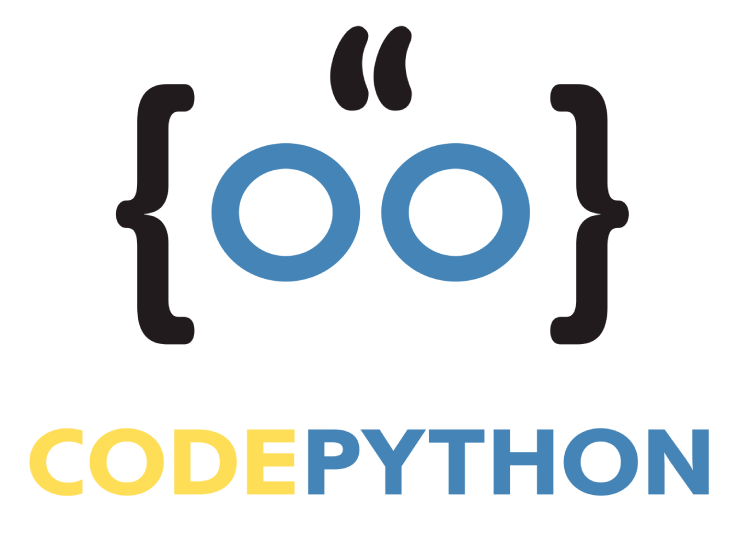
Time series analysis is a powerful tool for understanding and forecasting trends in data. In Python, there are several libraries available for working with time series data, such as pandas, numpy, scikit-learn, and statsmodels.

One of the most commonly used libraries for time series analysis in Python is pandas. This library provides a powerful DataFrame object that can be used to manipulate and analyze time series data. The pandas library also has a built-in date and time functionality, which makes it easy to work with time series data.
To start working with time series data in pandas, we first need to import the library and create a DataFrame. The DataFrame can be created from a CSV file, an Excel file, or even a SQL query.
For this example, we will use a CSV file containing daily temperature data for the city of New York.
import pandas as pd
# Read the data into a DataFrame
data = pd.read_csv('nyc_temp.csv')
# Print the first few rows of the DataFrame
print(data.head())
date temperature 0 2010-01-01 32.0 1 2010-01-02 32.0 2 2010-01-03 32.8 3 2010-01-04 33.9 4 2010-01-05 33.3
The first step in time series analysis is to convert the date column into a datetime object. This allows us to easily manipulate the date and time information.
# Convert the date column to a datetime object
data['date'] = pd.to_datetime(data['date'])
# Set the date column as the index
data.set_index('date', inplace=True)
# Print the first few rows of the DataFrame
print(data.head())
temperature date 2010-01-01 32.0 2010-01-02 32.0 2010-01-03 32.8 2010-01-04 33.9 2010-01-05 33.3
Once the data is in the correct format, we can start analyzing it. One of the most basic time series analysis techniques is to plot the data. This allows us to quickly visualize any patterns or trends in the data.
# Import matplotlib for plotting import matplotlib.pyplot as plt # Plot the temperature data plt.plot(data) plt.show()
Once you plot this, you willsee that there is a clear seasonal trend in the temperature data. The temperature is warmest during the summer months and coldest during the winter months.
Another common time series analysis technique is to decompose the data into its trend, seasonal, and residual components. The statsmodels library provides a convenient function for performing this decomposition, called seasonal_decompose.
from statsmodels.tsa.seasonal import seasonal_decompose # Decompose the temperature data result = seasonal_decompose(data, model='multiplicative') # Plot the trend, seasonal, and residual components result.plot() plt.show()
In addition to the pandas library, there are several other popular libraries used for time series analysis in Python, such as statsmodels, prophet, and scikit-learn. These libraries provide a variety of tools and techniques for analyzing time series data, including statistical modeling, forecasting, and machine learning.
One of the most commonly used techniques in time series analysis is decomposition, which involves breaking down a time series into its component parts. This can include trends, seasonal patterns, and residuals (unexplained variation). Decomposition can be performed using various methods, such as additive, multiplicative, and classical decomposition.
Another popular technique is smoothing, which involves removing noise and outliers from a time series to make it easier to analyze. Smoothing can be performed using various methods, such as moving averages, exponential smoothing, and loess.
Forecasting is also a key aspect of time series analysis. This involves using historical data to predict future values of a time series. There are several methods for forecasting, such as ARIMA, SARIMA, and exponential smoothing. Each method has its own strengths and weaknesses, so it is important to choose the right one for your specific use case.
Machine learning is also a powerful tool for time series analysis. There are several algorithms that can be used for time series forecasting, such as linear regression, random forest, and neural networks. These algorithms can be used in combination with other techniques, such as decomposition and smoothing, to improve the accuracy of forecasts.
In conclusion, time series analysis is a complex and multifaceted field that requires a combination of different techniques and tools.
The Python programming language provides a variety of libraries and tools that make it easy to analyze time series data. Whether you are a data scientist, statistician, or business analyst, understanding time series analysis is essential for making data-driven decisions.
Hope you liked this post and learned something new today 🙂
